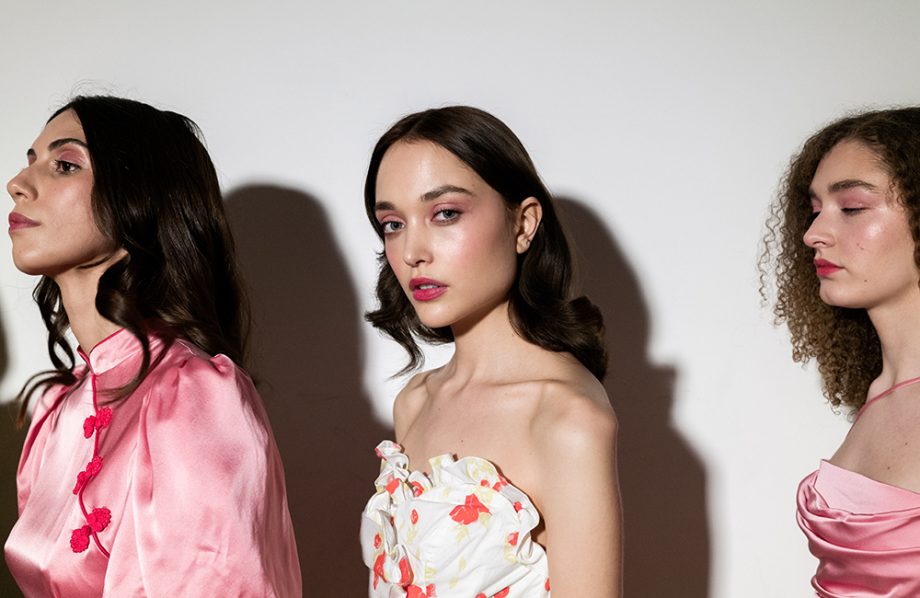Retinol has long been worshipped by beauty editors, dermatologists and skincare fanatics alike as the hero ingredient in the battle against fine lines and wrinkles. Some even say that nothing fights the signs of ageing better.
If you?ve never used it before and want to know the best way to use and apply retinol, its dos and don?ts, or you simply want to brush up on your skincare knowledge, keep scrolling to find out everything you need to know about the beauty industry?s favourite ingredient.
And when you?re done swotting up well as our pick of the best retinol creams and serums out there?
What is retinol and how does it work?
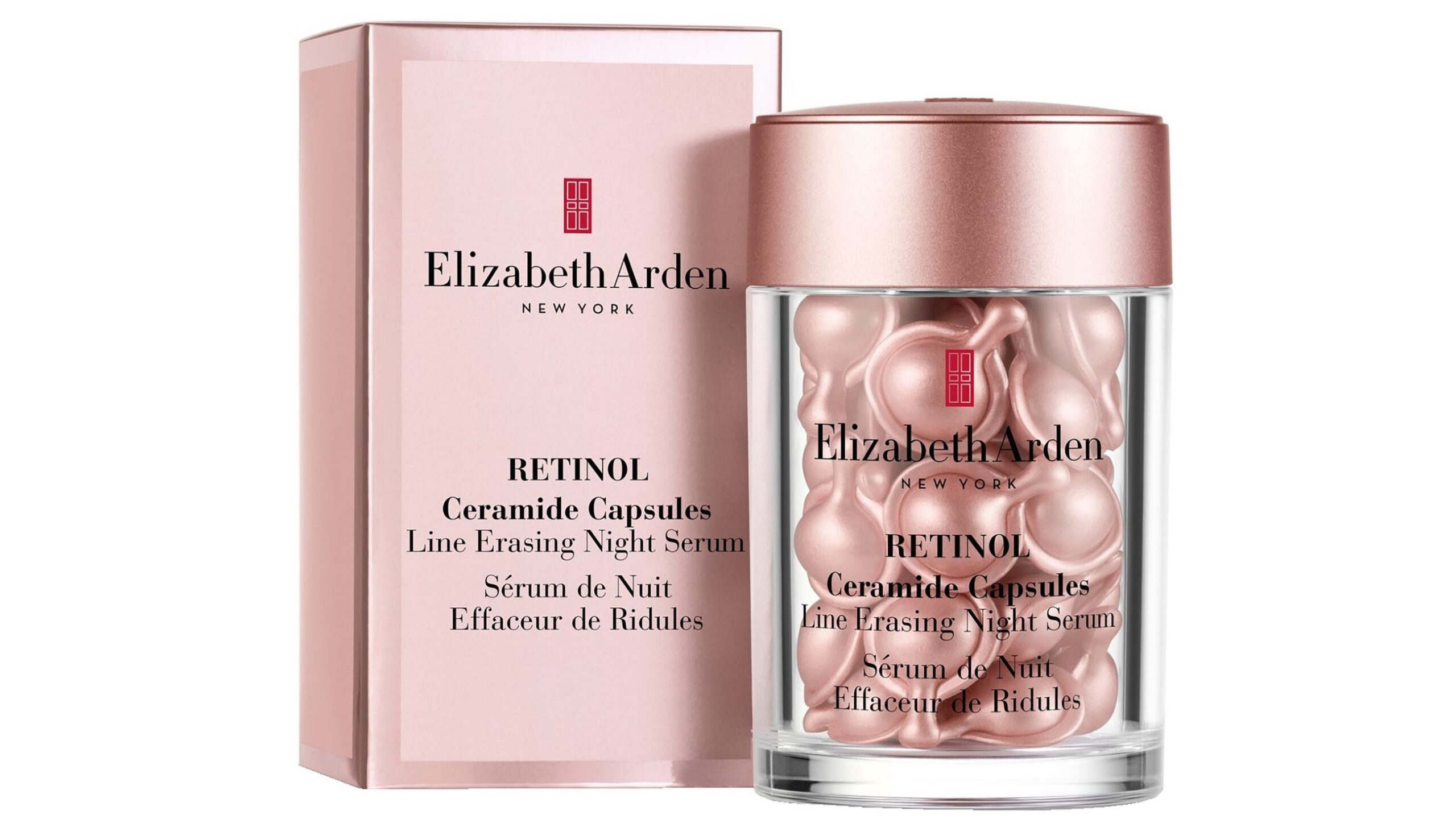
?Retinol is pure Vitamin A and it is used to treat specific skin concerns such as skin prone to large pores (acne prone skin) and mature skin,? explains?Linda Blahr, National Head of Training and Science at SkinCeuticals.
?Retinol reactivates the skin renewal process and can be a great priming treatment to prepare skin for chemical peels and other medical procedures.?
Does retinol work?
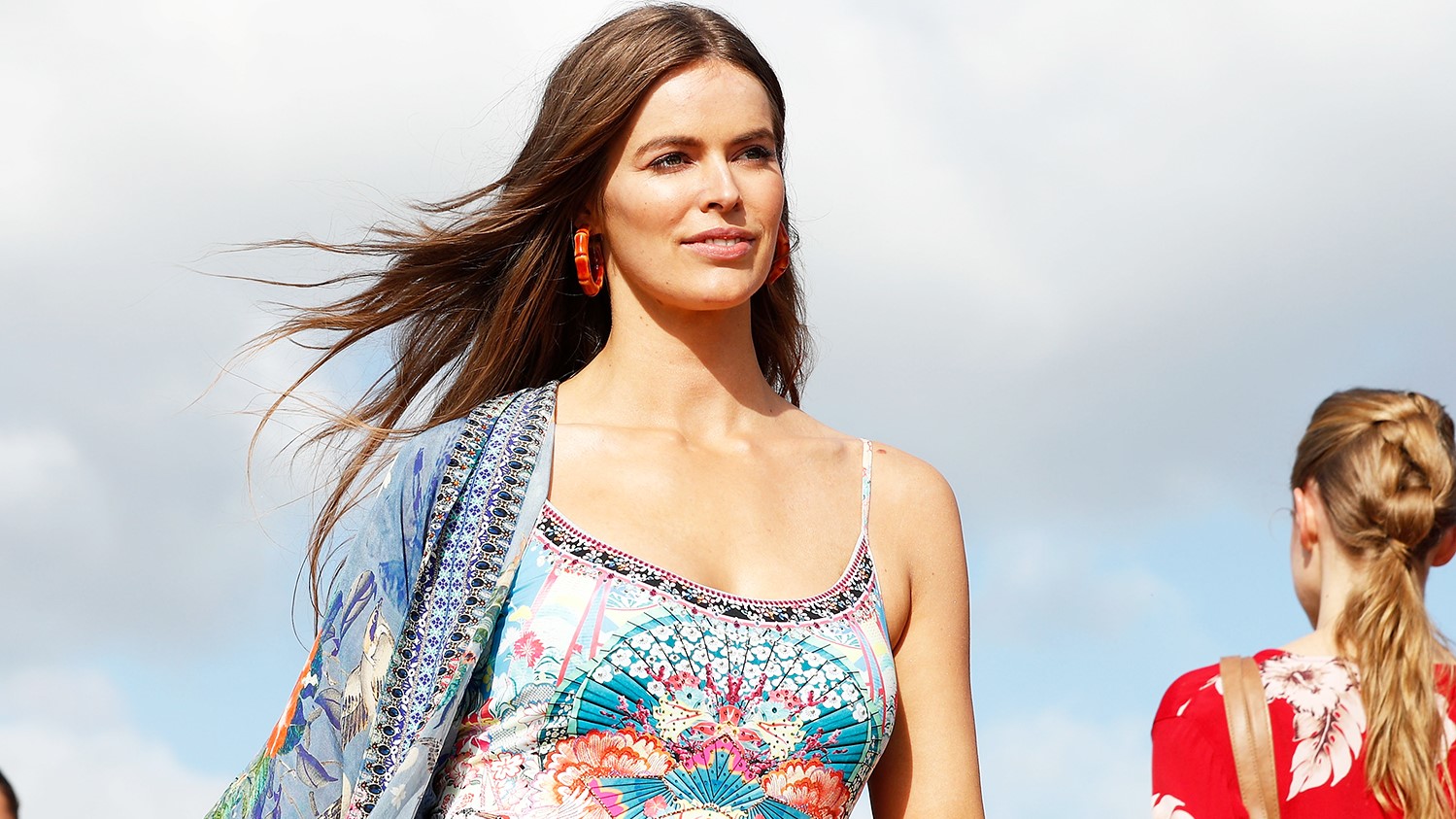
In short ? yes. Retinol is one of the most revered ingredients in the beauty industry and has been proven to be effective at tackling early signs of ageing such as pigmentation including sun damage, fine lines and wrinkles.
As well as having ?an exfoliating effect that smoothes skin texture and gives a natural glow, it also has?antioxidant?properties and reduces the appearance of brown spots,? says Dr Bernard Hayot.
Dr Hayot explains that retinol ?stimulates flexibility and elasticity of the skin, collagen and also helps to create a bright complexion as well as regenerating melanin to tackle pigmentation.?
Make sure you?re using a product that contains the right form of retinol, though. Check the ingredients list first to make sure it contains ?retinol or retinaldeyhe, rather than one of the less effective derivatives such as retintyplalmitate,? recommends Dr Stefanie Williams. Read more about?how retinol works?on our Fabled store.
Is retinol the same as vitamin A?
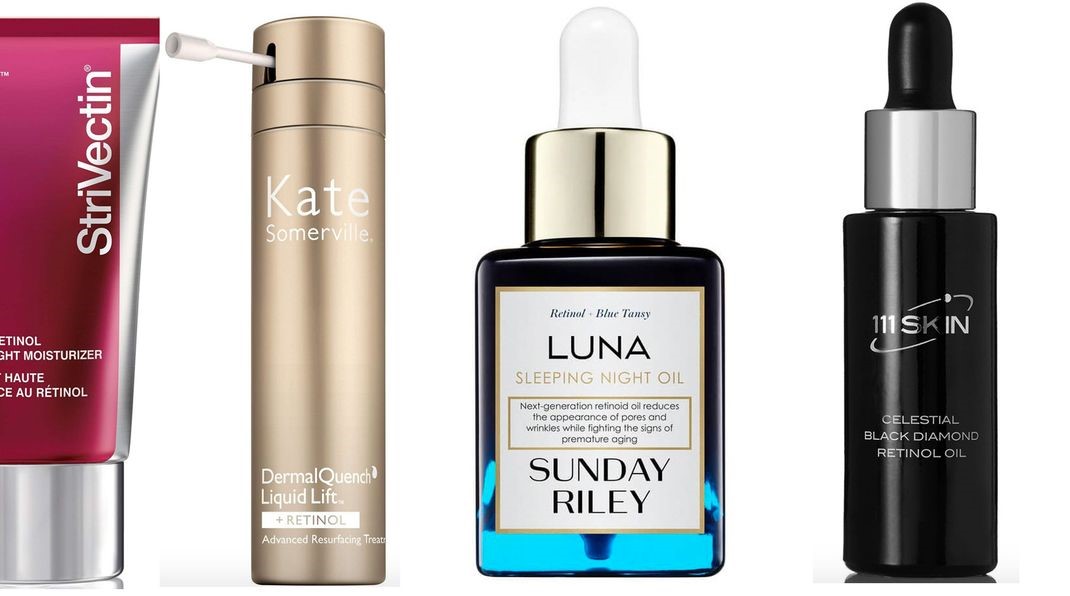
Retinol is a form of retinoid, which is a derivative of vitamin A. Dr Hayot adds: ?retinol is a vitamin A acid, which is the natural precursor to retinoic acid. Then body transforms retinol into retonic acid.?
It?s in this form, as retonic acid, that the benefits of retinol are truly felt on the skin.
How to use retinol?
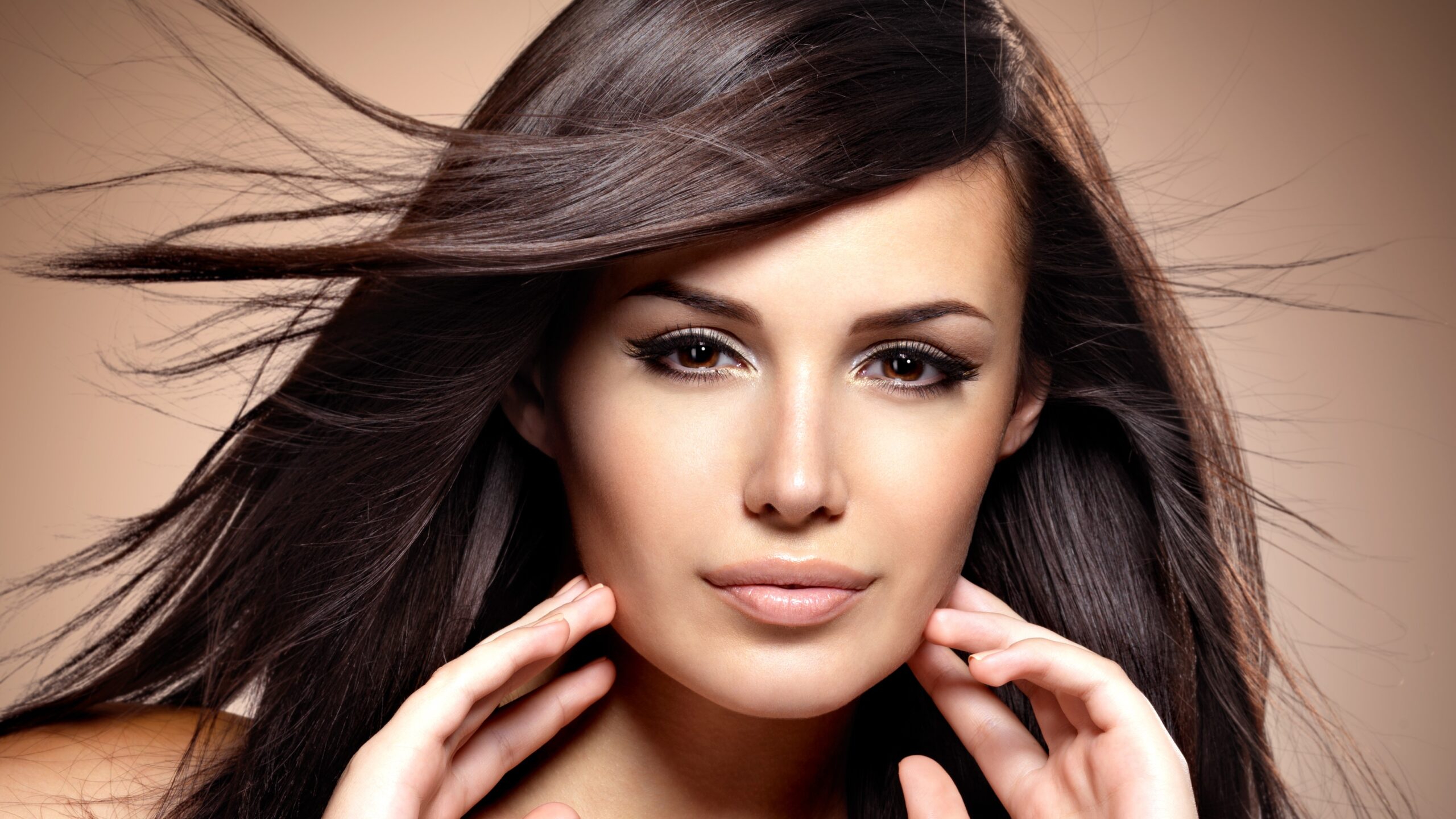
?Start, at the latest, when you see the first signs of reduced skin elasticity, fine lines and also irregular pigmentation,? advises Dr Stefanie Williams, dermatologist and Director of the Eudelo clinic.
When first using retinol you can experience some irritation such as dryness, redness and even flaky skin. So if it?s your first time using it, ease yourself in by applying a low percentage and only use twice per week at intervals, gradually increasing to daily use if your skin can tolerate it well.
As your skin adapts and, if you don?t suffer from too much sensitivity, you can increase the percentage too. ?Even if you can?t build up to anymore than two days per week it?s still effective and worth doing so don?t be put off,? says Dr Stefanie.
When you first apply only use a pea-sized amount. Trust us, a little goes a long way.
